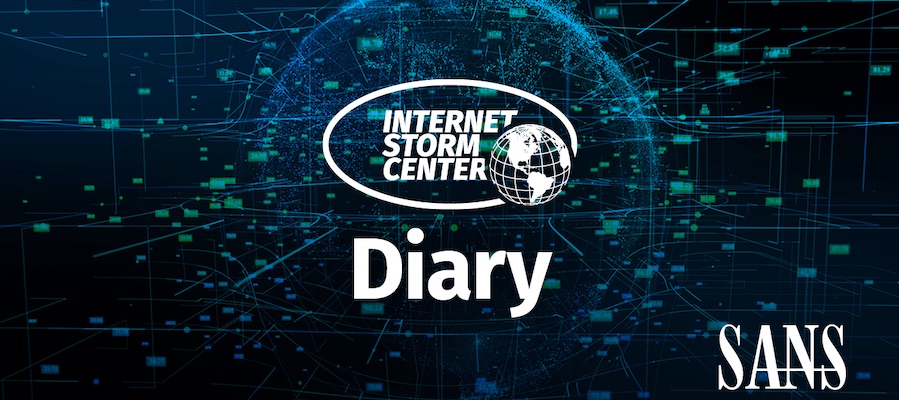I published the following diary on isc.sans.edu: “A Fork of the FTCode Powershell Ransomware“: Yesterday, I found a new malicious Powershell script that deserved to be analyzed due to the way it was dropped on the victim’s computer. As usual, the malware was delivered through a malicious Word document with
